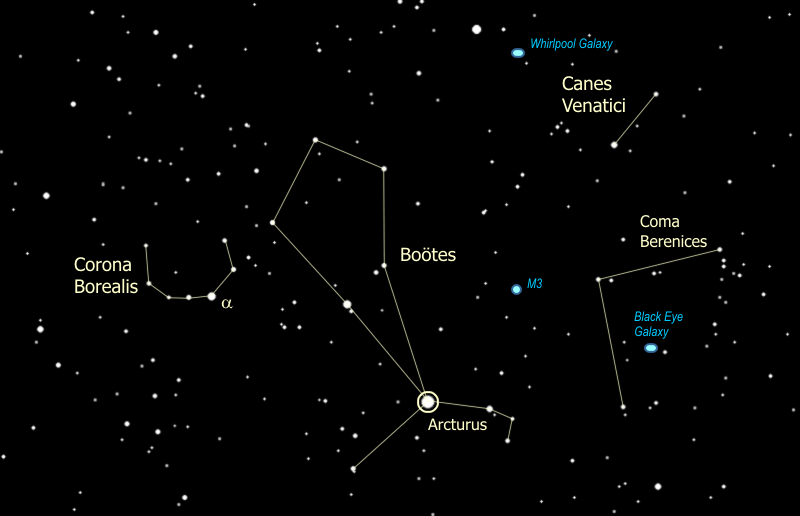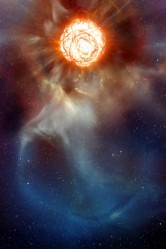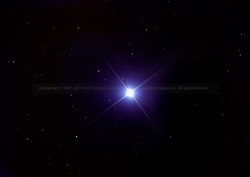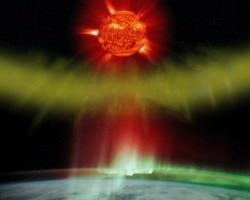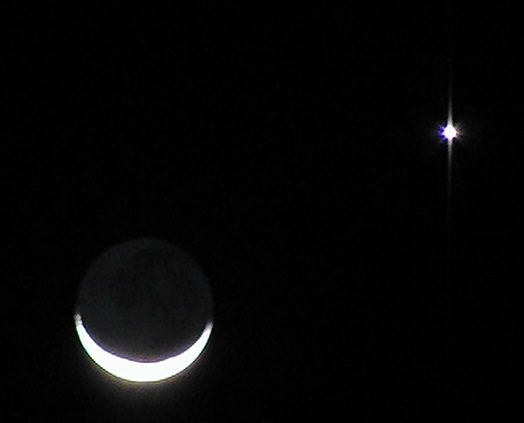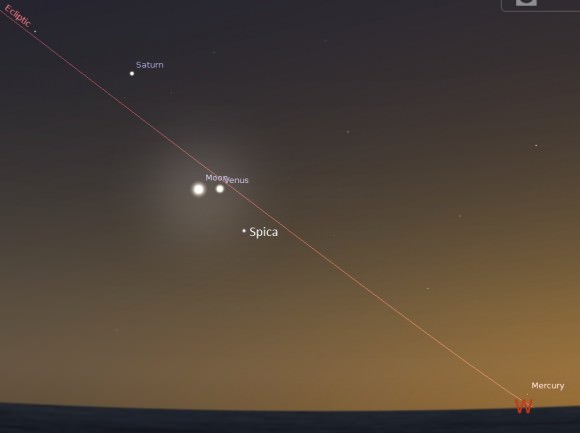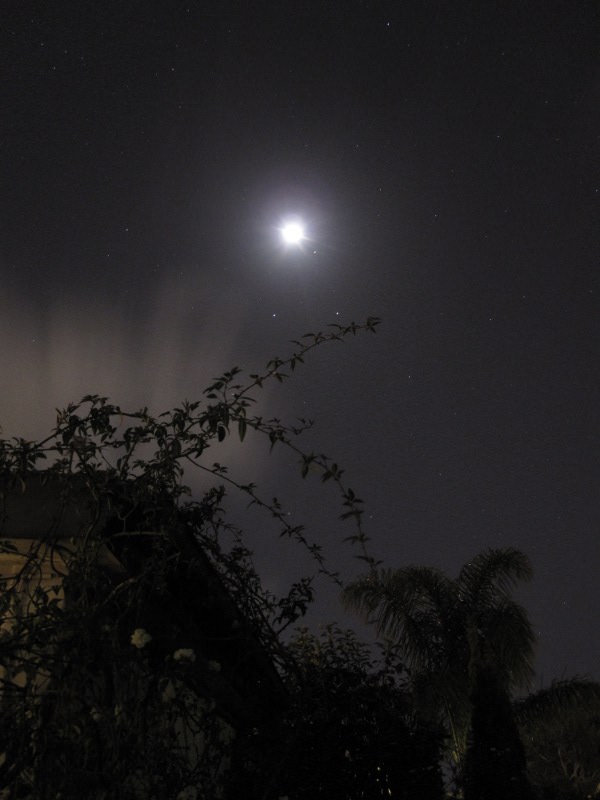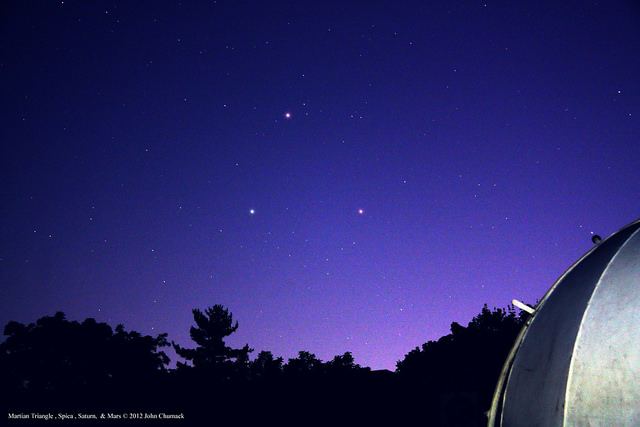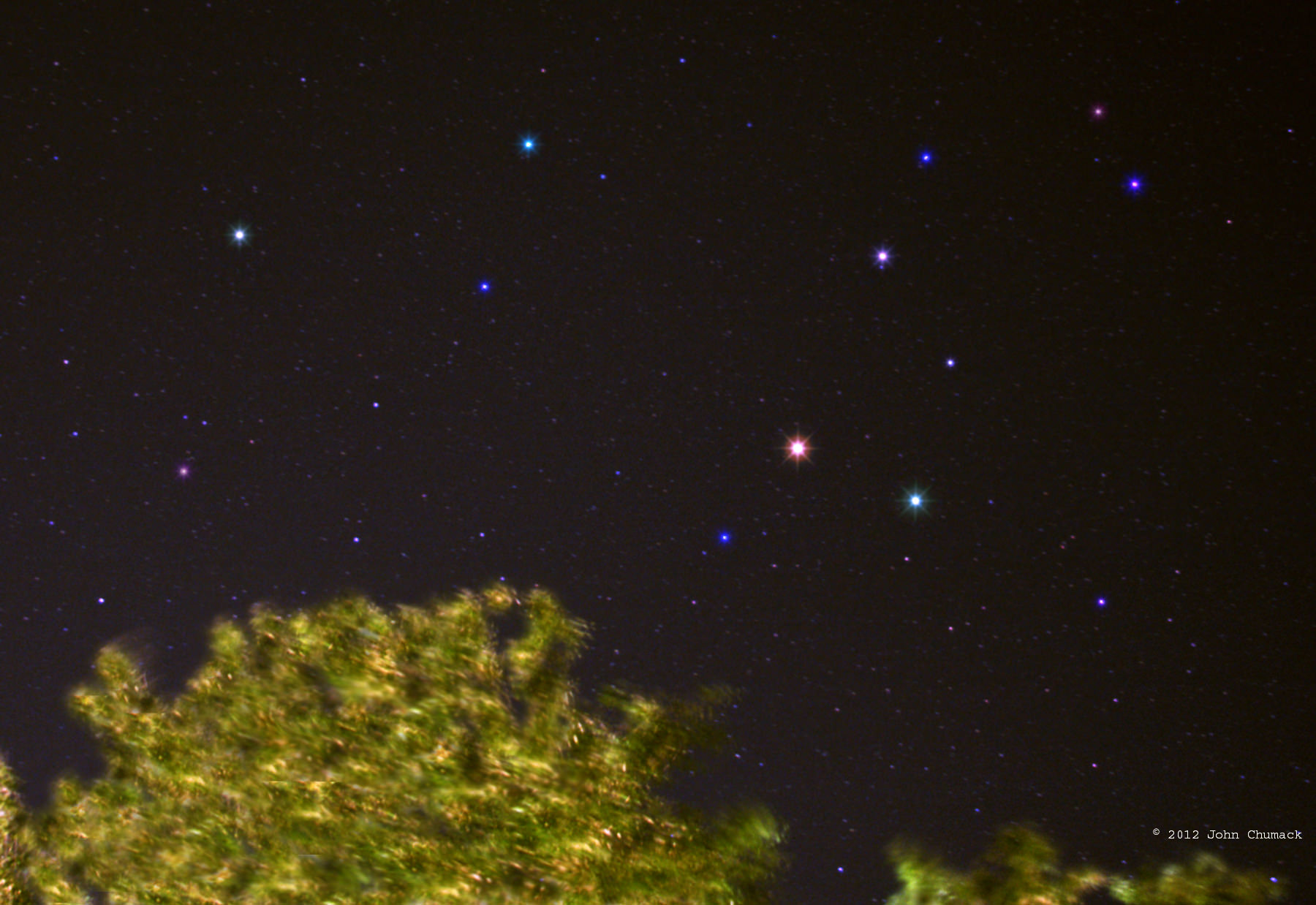Welcome back to Constellation Friday! Today, in honor of our dear friend and contributor, Tammy Plotner, we examine the Bootes constellation. Enjoy!
In the 2nd century CE, Greek-Egyptian astronomer Claudius Ptolemaeus (aka. Ptolemy) compiled a list of the then-known 48 constellations. Until the development of modern astronomy, his treatise (known as the Almagest) would serve as the authoritative source of astronomy. This list has since come to be expanded to include the 88 constellation that are recognized by the International Astronomical Union (IAU) today.
The constellation Boötes (pronounced Bu-Oh-Tays) is one of these constellations, and was also among those listed in the Almagest. It is frequently called the “Watcher of the Bear”, guarding over the northern constellations of both Ursa Major and Ursa Minor (the Greater and Lesser Bears). It is bordered by Canes Venatici, Coma Berenices, Corona Borealis, Draco, Hercules, Serpens Caput, Virgo and Ursa Major.
Name and Meaning:
According to myth, Boötes is credited for inventing the plough, which prompted the goddess Ceres – a goddess of agriculture, grain crops, fertility and motherly love – to place him in the heavens. There are also versions where Bootes represents a form of Atlas, holding up the weight of the world as it turns on its axis (yet another of Hercules’ labors).
Most commonly, Boötes is taken to represent Arcas, the son of Zeus and Callisto. In this source, Arcas was brought up by Callisto father, the Arcadian king Lycaon. One day, Lycaon decided to test Zeus by serving him his own son for a meal. Zeus saw through Lycaon’s intentions and transformed the king into a wolf, killed his sons, and brought Arcas back to life.
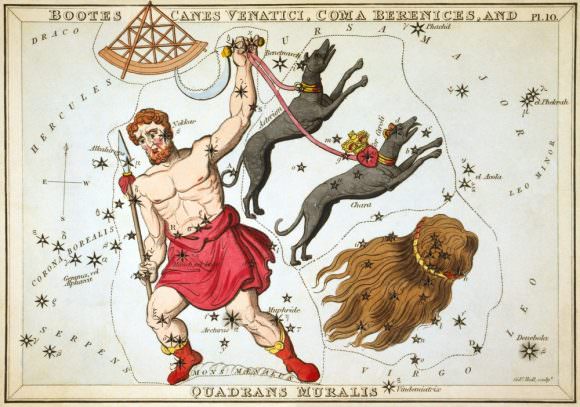
Having heard of her husband’s infidelity, Zeus’ wife Hera transformed Callisto into a bear. For years, she roamed the woods until she met her son, who was now grown up. Arcas didn’t recognize his mother and began to chase her. To avoid a tragic end, Zeus intervened by placing them both in the sky, where Callisto became Ursa Major (aka. The Big Dipper, or “Great Bear”) and Arcas became Boötes.
In another story, Boötes is taken to represent Icarius, a grape grower who was given the secret of wine-making by Dionysus. Icarius used this to create a wonderful wine that he shared with all his neighbors. After overindulging, they woke up the next day with terrible hangovers and believed Icarius had tried to poison them. They killed him in his sleep, and a saddened Dionysus placed his friend among the stars.
Notable Features:
Bootes contains the third brightest star in the night sky – Arcturus (aka. alpha Boötis) – whose Greek name “Arktos” also means “bear”, and is associated with all things northern (including the aurora). Arcturus is quite important, being a type K1.5 IIIpe red giant star. The letters “pe” stand for “peculiar emission,” which indicates the spectrum of the star is unusual and full of emission lines. This is not uncommon in red giants, but Arcturus is particularly strong.
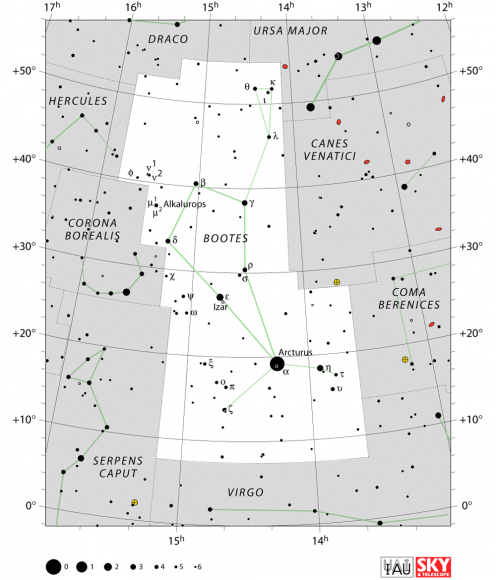
Arcturus is about 110 times more luminous than our nearest star, but the total power output is about 180 times that of the Sun (when infrared radiation is considered). Arcturus is also notable for its high proper motion, larger than any first magnitude star in the stellar neighborhood other than Alpha Centauri. It is now almost at its closest and is moving rapidly (122 km/s) relative to the Solar System.
Arcturus is also thought to be an old disk star, and appears to be moving with a group of 52 others of its type. Its mass is hard to determine exactly, but it may have the same mass as Sol, or perhaps 1.5 times as much. Arcturus may also be older than the Sun, and much like what the Sun will be in its Red Giant Phase.
Arcturus achieved fame when its light was used to open the 1933 Chicago World’s Fair. The star was chosen because it was thought that light from the star had started its journey at about the same time of the previous Chicago World’s Fair (1893). Technically the star is 36.7 light years away, so the light would have started its journey in 1896. Arcturus’ light was still focused onto a cell that powered the switch for the lights that eventually shined so bright that Arcturus was no longer visible.
Arcturus, along with its neighboring stars, also form the curious “Colonial Viper” formation, a triangular asterism invented by dedicated SkyWatcher, Ed Murray. It is so-named because it resembles a Colonial Viper being launched from a tube on the TV series Battlestar Galactica. The “Launch Tube” is formed by the intersection of Arcturus, Alphekka (Alpha Corona Borealis) and Gamma Bootis, while Izar (Epsilon Bootes) is the Viper.

Other notable stars include Nekkar (Beta Boötis), a yellow G-type giant that is 219 light years from Earth. It is a flare star, which is a type of variable star that shows dramatic increases in luminosity for a few minutes. The name Nekkar derives from the Arabic word for “cattle driver”. Then there’s Seginus (Gamma Boötis), a Delta-Scuti type variable star that is approximately 85 light years from Earth. It shows variations in its brightness due to both radial and non-radial pulsations on its surface.
Izar (Epislon Boötis) is a binary star located approximately 300 light years away which consists of a bright orange giant and a smaller and fainter main sequence star. Epsilon Boötis is also sometimes knows as Pulcherrima, which means “the lovieliest” in Latin. The name Izar comes from the Arabic word for “veil.” The star’s other traditional names are Mirak (“the loins” in Arabic) and Mizar.
Muphrid (Eta Boötis) is a spectroscopic binary star that is 37 light years from Earth and close to Arcturus in the sky. The star’s traditional name is Muphrid, derived from the Arabic phrase for “the single one of the lancer.” It belongs to the spectral class G0 IV and has a significant excess of elements heavier than hydrogen.
Boötes is also home to many Deep Sky Objects. This includes the Boötes void (aka. the Great Void, the Supervoid). This sphere-shaped region of the sky is almost 250 million light years in diameter and contains 60 galaxies. The void was originally discovered by Robert P. Kirshner – a Harvard College Professor of Astronomy – in 1981, as part of a survey of galactic redshifts.
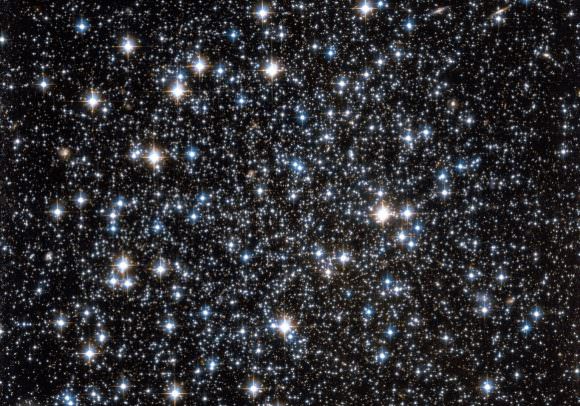
Then there is the Boötes Dwarf Galaxy (Boötes I), a dwarf spheroidal galaxy located approximately 197,000 light years from Earth that measures about 720 light years across. It was only discovered in 2006, owing to the fact that it is one of the faintest galaxies known (with an absolute magnitude of -5.8 and apparent magnitude of 13.1). Boötes I orbits the Milky Way and is believed to be tidally disrupted by its gravity, as evidenced by its shape.
And there’s also NGC 5466, a globular cluster approximately 51,800 light years from Earth and 52,800 light years from the Galactic center. The cluster was first discovered by the German-born British astronomer William Herschel in 1784. It is believed that this cluster is the source of a star stream called the 45 Degree Tidal Stream, which was discovered in 2006.
History of Observation:
The earliest recorded mentions of the stars associated with Boötes come from ancient Babylonia, where it was listed as SHU.PA. These stars were apparently depicted as the god Enlil, who was the leader of the Babylonian pantheon and special patron of farmers. It is likely that this is the source of mythological representations of Bootes as “the ploughman” in Greco-Roman astronomy.
The name Boötes was first used by Homer in The Odyssey as a celestial reference point for navigation. The name literally means “ox-driver” or “herdsman”, and the ancient Greeks saw the asterism now called the “Big Dipper” or “Plough” as a cart with oxen. His dogs, Chara and Asterion, were represented by the constellation of Canes Venatici (the Hunting Dogs) who drove the oxen on and kept the wheels of the sky turning.
In traditional Chinese astronomy, many of the stars in Boötes were associated with different Chinese constellations. Arcturus was one of the most prominent, variously designated as the celestial king’s throne (Tian Wang) or the Blue Dragon’s horn (Daijiao). Arcturus was also very important in Chinese celestial mythology because it is the brightest star in the northern sky, and marked the beginning of the lunar calendar.
Flanking Daijiao were the constellations of Yousheti on the right and Zuosheti on the left, which represented the companions that orchestrated the seasons. Dixi, the Emperor’s ceremonial banquet mat, was north of Arcturus. Another northern constellation was Qigong, the Seven Dukes, which was mostly across the Boötes-Hercules border.
The other Chinese constellations made up of the stars of Boötes existed in the modern constellation’s north. These are all representations of weapons – Tianqiang, the spear; Genghe, variously representing a lance or shield; Xuange, the halberd; and Zhaoyao, either the sword or the spear.
Finding Bootes:
Bootes can be found south of Ursa Major, just off the handle of the Big Dipper. Because the Big Dipper is easy for most observers to find, the handle is used to point to other important stars. Bootes’ brightest star, Arcturus, is also part of a mnemonic device used to orient people, which goes: “Arc to Arcturus, speed on to Spica.” This means you follow the curve in the Dipper’s handle away from Ursa Major until you run into Arcturus. The other star – Spica – is part of the neighboring Virgo constellation.
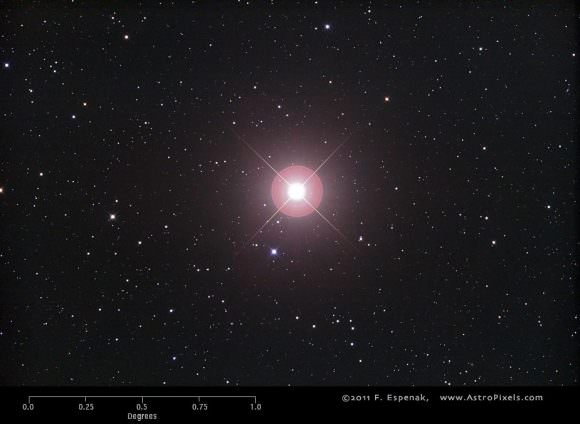
For those using binoculars, check out Tau Bootis, a yellow-white dwarf approximately 51 light-years from Earth. It is a binary star system, with the secondary star being a red dwarf. In 1999, an extrasolar planet was confirmed to be orbiting the primary star by a team of astronomers led by Geoff Marcy and R. Paul Butler. Maybe you’d like to look at long term variable star R Boötis? It ranges from 6.2 to 13.1 every 223.4 days.
For those using telescopes, there are plenty of excellent binary star systems to be seen. Pi Boötis is located approximately 317 light years from our solar system and the primary component, P¹ Boötis, is a blue-white B-type main sequence dwarf with an apparent magnitude of +4.49. It’s companion, P² Boötis, is a white A-type main sequence dwarf with an apparent magnitude of +5.88.
Now try looking at Xi Boötis, a binary star system which lies 21.8 light years away. The primary star, Xi Boötis A, is a BY Draconis variable, yellow G-type main sequence dwarf with an apparent magnitude that varies from +4.52 to +4.67. with a period just over 10 days long. Small velocity changes in the orbit of the companion star, Xi Boötis B – an orange K-type main sequence dwarf – indicate the presence of a small companion with less than nine times the mass of Jupiter.
The AB binary can be resolved even through smaller telescopes. The primary star (A) has been identified as a candidate for possessing a Kuiper-like belt, based on infrared observations. The estimated minimum mass of this dust disk is 2.4 times the mass of the Earth’s Moon.
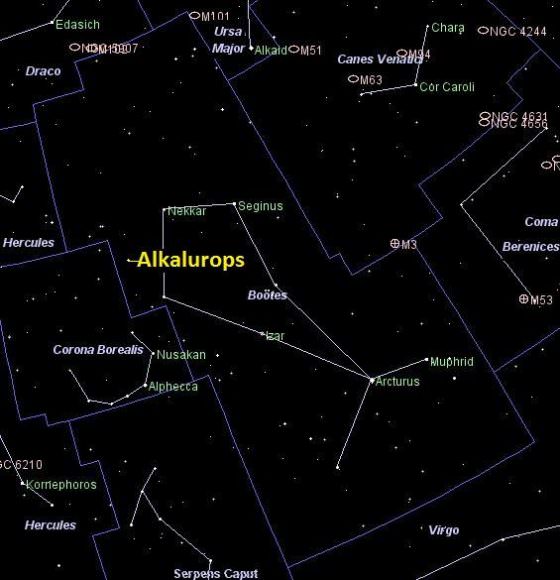
Then there’s the triple system, Mu Boötis. The primary component, Mu¹ Boötis, is a yellow-white F-type sub giant with an apparent magnitude of +4.31. Separated from the primary by 108 arc seconds is the binary star Mu² Boötis, which has a combined spectral type of G1V and a combined brightness of +6.51 magnitudes. The components of Mu² Boötis have apparent magnitudes of +7.2 and +7.8 and are separated by 2.2 arc seconds.
They complete one orbit about their common center of mass every 260 years. How about colorful yellow and blue Kappa Boötis? Kappa2 Boötis is classified as a Delta Scuti type variable star and its brightness varies from magnitude +4.50 to +4.58 with a period of 1.83 hours. The companion star, Kappa¹ Boötis, has magnitude +6.58 and spectral class F1V.
For deep sky observers with large telescopes, try checking out the globular cluster NGC 5466, which is about a fist’s width north of Arcturus. This class XII, 9th magnitude globular was discovered in 1784 by Sir William Herschel and presents an nice challenge for experienced stargazers and amateur astronomers.
Or try compact spiral galaxy NGC 5248. It’s about a fist width south of Arcturus and about a finger width southwest. It’s part of the Virgo cluster of galaxies and could be as far as 50 million light years away. It’s another great grand design spiral which shows spiral galaxy structure when viewed in long exposure photographs. You can mark it on your list as Caldwell 45.
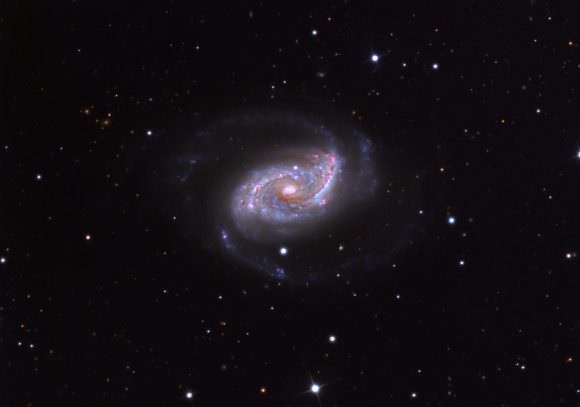
But if you’d just like to have some fun, then why not try picking out the aforementioned “Colonial Viper and Launch Tube” asterism. If you’re a longstanding Battlestar Galactica fan, then you’ll recognize this ultra-cool spaceship as it sits in its triangular shaped launch tube. To find it, just draw a line between Arcturus, Alphekka (Alpha Corona Borealis) and Gamma Bootis which make up the “Launch Tube”, while Izar (Epsilon Bootes) is the Viper.
We have written many interesting articles about the constellation here at Universe Today. Here is What Are The Constellations?, What Is The Zodiac?, and Zodiac Signs And Their Dates.
Be sure to check out The Messier Catalog while you’re at it!
For more information, check out the IAUs list of Constellations, and the Students for the Exploration and Development of Space page on Bootes and Constellation Families.

